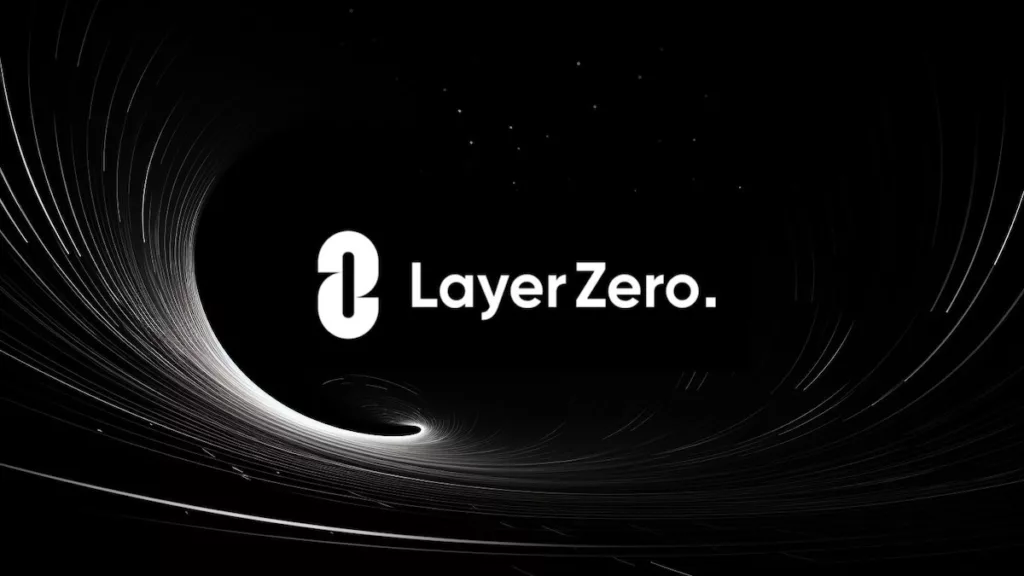The New Thoughts on LayerZero’s Anti-Sybil Mechanism

As a report on 470,000 suspected Sybil addresses is submitted to LayerZero, discussions and criticisms about its anti-Sybil mechanism peak. What feedback and dissatisfaction does the community have, and what measures has the project taken in response?
Recently, the popular project Taiko adopted an opaque airdrop mechanism, facing similar market criticism. What changes are occurring in the once-praised Web3 airdrops? It’s perhaps time to reflect on this product of the Web3 era.
The Battle of Interests Behind LayerZero’s Anti-Sybil Mechanism
The current debate in the community about LayerZero is fundamentally a battle of interests, with LayerZero’s anti-Sybil mechanism cleverly leveraging human nature to counter it. When LayerZero targeted the airdrop-seeking institutions, it inevitably sparked an unprecedented war of words.
LayerZero, a well-known cross-chain interoperability protocol, has a high valuation with investors like Multicoin, Binance Labs, a16z, and Sequoia Capital. Consequently, the Web3 airdrop hunters have long eyed this promising target.
According to WOO X Research, LayerZero’s upcoming airdrop is estimated to be valued between $600 million and $1 billion. Assuming a TGE valuation four times higher than the previous round and an initial circulation of 15%, LayerZero’s TGE market cap is estimated at $1.8 billion, with an FDV of $12 billion. The airdrop value is expected to be $600 million, translating to $750 to $1500 per user.
Optimistically, if the TGE valuation is 4.5 times the previous round with a 20% initial circulation, LayerZero’s TGE market cap could rise to $2.7 billion, with a valuation of $13.5 billion. In this scenario, the airdrop value could increase to $1.08 billion, with an average user value between $1350 and $2700.
Given the significant interests involved, the airdrop hunters will not miss out. However, LayerZero aims to prevent these hunters from benefiting. The strategy mainly involves “self-reporting,” “judgment,” and “mutual reporting.” Self-reporting retains 15% of the airdrop allocation, and those filtered out won’t receive airdrops, while mutual reporting allows for a 10% airdrop share.
The results show that LayerZero has filtered out a significant number of airdrop seekers, but it’s still insufficient.
LayerZero CEO Bryan Pellegrino previously revealed that within hours of starting the bounty campaign, over 3,000 Sybil reports and 30,000 appeals were received. He noted that only 6.67%-13.33% of the 6 million addresses are expected to qualify for the airdrop, with 90%-95% of the reports being valid.
On June 5, Bryan stated on the X platform that he would need two more months to process Sybil reports, citing obvious large Sybil clusters that were too time-consuming to check. Despite personal frustration, the LayerZero TGE timeline remains unchanged.
The Debate on Right and Wrong Amidst the Noise
LayerZero believes the best users deserving of airdrop rewards are those with the most “persistence,” defined as users likely to continue using LayerZero or maintain their past usage habits. Essentially, LayerZero aims to eliminate airdrop-seeking institutions while protecting small users, mainly targeting large Sybil entities.
The “self-reporting” strategy targets large Sybil groups, and LayerZero employees are prohibited from participating in airdrop claims under penalty of termination. LayerZero’s rigorous checks aim to prevent “hunters” from making false reports and harming genuine users.
Airdrop seekers argue they invested real money to boost project data and test performance but were discarded afterward. The mutual reporting system has led to various issues, such as employees resigning to report internal accounts, major airdrop addresses being reported, and users targeting large Sybil groups or influencers for reporting. Even reports suggest a security firm submitted 470,000 suspected Sybil addresses to LayerZero.
Crypto influencer Marco notes that “mutual reporting” has become a battleground between project teams and airdrop seekers, as well as among airdrop seekers themselves. Successful reports return 90% of the airdrop tokens to the pool, increasing users’ share, making “mutual reporting” a tool for asserting “airdrop justice.”
Reflecting on the Industrialization of Airdrop Seeking
Wherever there’s a promise of getting rich quickly, people will flock. This was true for the 2017 ICO boom and now for airdrop seeking. However, LayerZero’s mutual reporting reveals a trend: airdrop seeking is becoming industrialized and professionalized, with significant drawbacks.
Pre-token release, airdrop-seeking institutions participate massively, creating false on-chain activity. Post-release, these institutions dump tokens, causing significant drops and deterring many investors. This might explain why many well-known projects have declined post-launch.
The tug-of-war between project teams and airdrop seekers will continue, with interest distribution balance at its core. Projects might need massive testers early on, but dumping tokens isn’t beneficial long-term. Projects could consider reserving some profits or implementing linear token releases to ease short-term sell pressure.
In conclusion, opportunities for getting rich quickly through airdrops will dwindle. Projects and airdrop seekers may find a balance, possibly bringing formerly hidden practices into the open and fair domain.